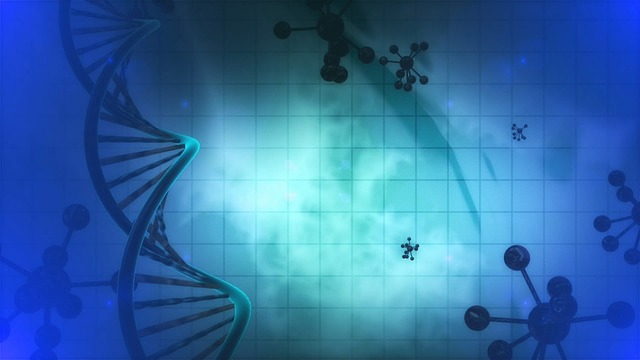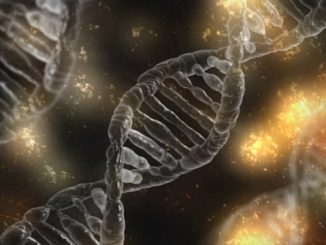
Maybe it has to do with the films and TV shows we’ve seen. Or maybe it’s actual news stories. Whatever it is, the fear that comes with gene editing and manipulation is quite understandable. Especially if you have a wild imagination and can picture all sorts of catastrophic scenarios that irresponsible use of genetic engineering can bring about.
It’s a good thing scientists acknowledge these worrisome thoughts too. Which is why they have been working on a solution that will make the controversial gene editing tool, CRISPR-Cas9, more manageable and less threatening. How? By making sure it has an ‘off-switch’ that can either undo everything it was programed to do, or at least stop it from progressing further. This is the primary objective of the Safe Genes Program of the Defense Advanced Research Projects Agency (DARPA) — ‘to build a biosafety and biosecurity toolkit to reduce potential risks and encourage innovation in the field of genome editing.’
Based on a recent study published in the journal Cell, it seems the efforts of researchers from the UCSF (University of California San Francisco) geared towards DARPA’s objectives are starting to pay off. The team, led by Dr. Benjamin Rauch, has figured out how to use anti-CRISPR proteins produced by bacterial viruses to shut off the CRISPR-Cas9 gene-editing system. This new approach can pave the way for a safer and more accurate way of studying and testing CRISPR on various applications.
CRISPR’s potential to treat diseases, reverse genetic disorders, improve crop productivity and do so much more is as appealing as it is disturbing because it can save and renew life, but it can do harm just as easily. Either someone can choose to intentionally make use of CRISPR for destructive and harmful purposes, or the technology itself fails on its own by accidentally modifying genes that shouldn’t be altered.
CRISPR-Cas9 is an adaptive immune system used by bacteria to fight off attackers. It works by copying bits of virus DNA and incorporating those into its own genetic code through an Ribonucleic acid, or RNA, and an enzyme called Cas9. Combined, it becomes the job of Cas9 to cut out attacking viral DNA, then initiate cell repair and replacement.
But that’s the ideal situation. The problem is — nothing is ever perfect, and sometimes a virus can still manage to find a way around the bacteria’s immune system. And when it is able to integrate itself into the bacteria’s genes, either the bacteria will start to attack itself, or something might take over to stop Cas9 from doing destructive cutting and replacing.
Reasoning that the latter is more logical, scientists searched for something in the bacteria that might serve an ‘anti-CRISPR’ function. They found 4 possible anti-CRISPR proteins. And when they did their tests, 2 of those proteins appeared to work against Cas9, meaning, the proteins were able to turn Cas9 off.
It’s a promising development that can potentially remove the fearsome power of CRISPR to do damage instead of good. And by finding a way to make these anti-CRISPR proteins effectively and reliably capable of stopping Cas9 when needed, gene editing might ultimately be embraced by everyone for all the wonderful benefits and changes it can bring to society.
- Bulenox: Get 45% to 91% OFF ... Use Discount Code: UNO
- Risk Our Money Not Yours | Get 50% to 90% OFF ... Use Discount Code: MMBVBKSM
Disclaimer: This page contains affiliate links. If you choose to make a purchase after clicking a link, we may receive a commission at no additional cost to you. Thank you for your support!




Leave a Reply